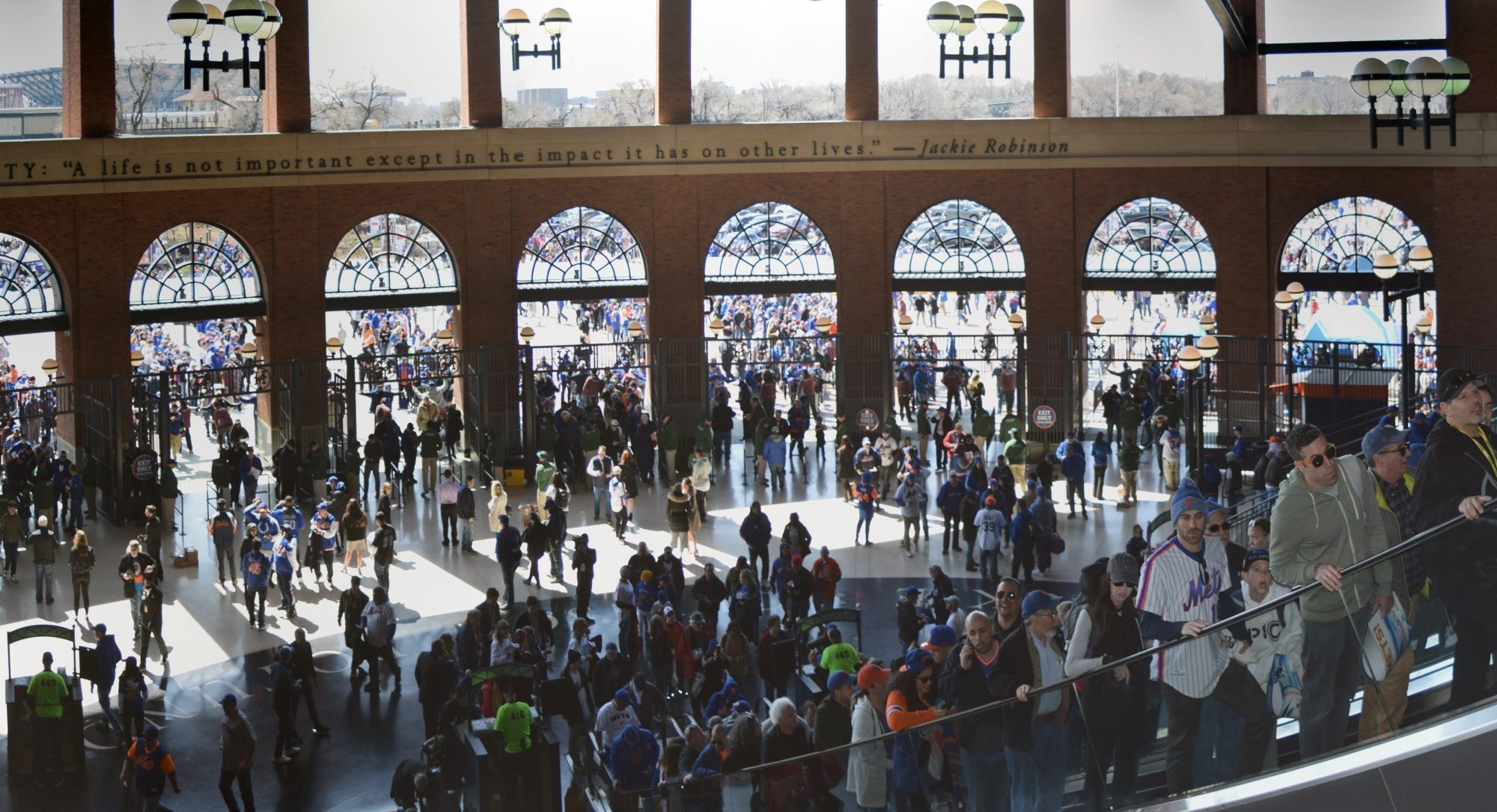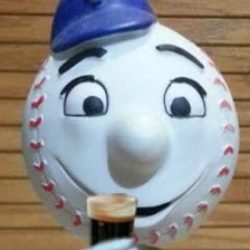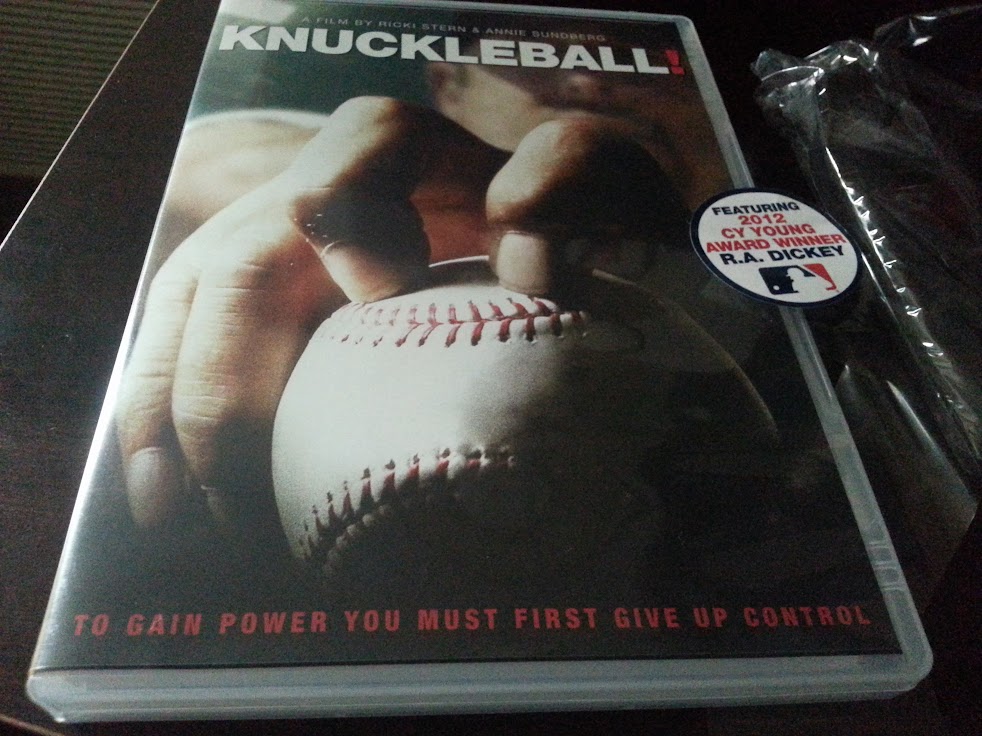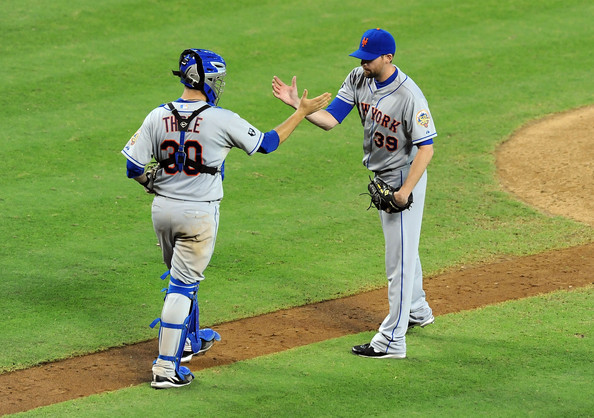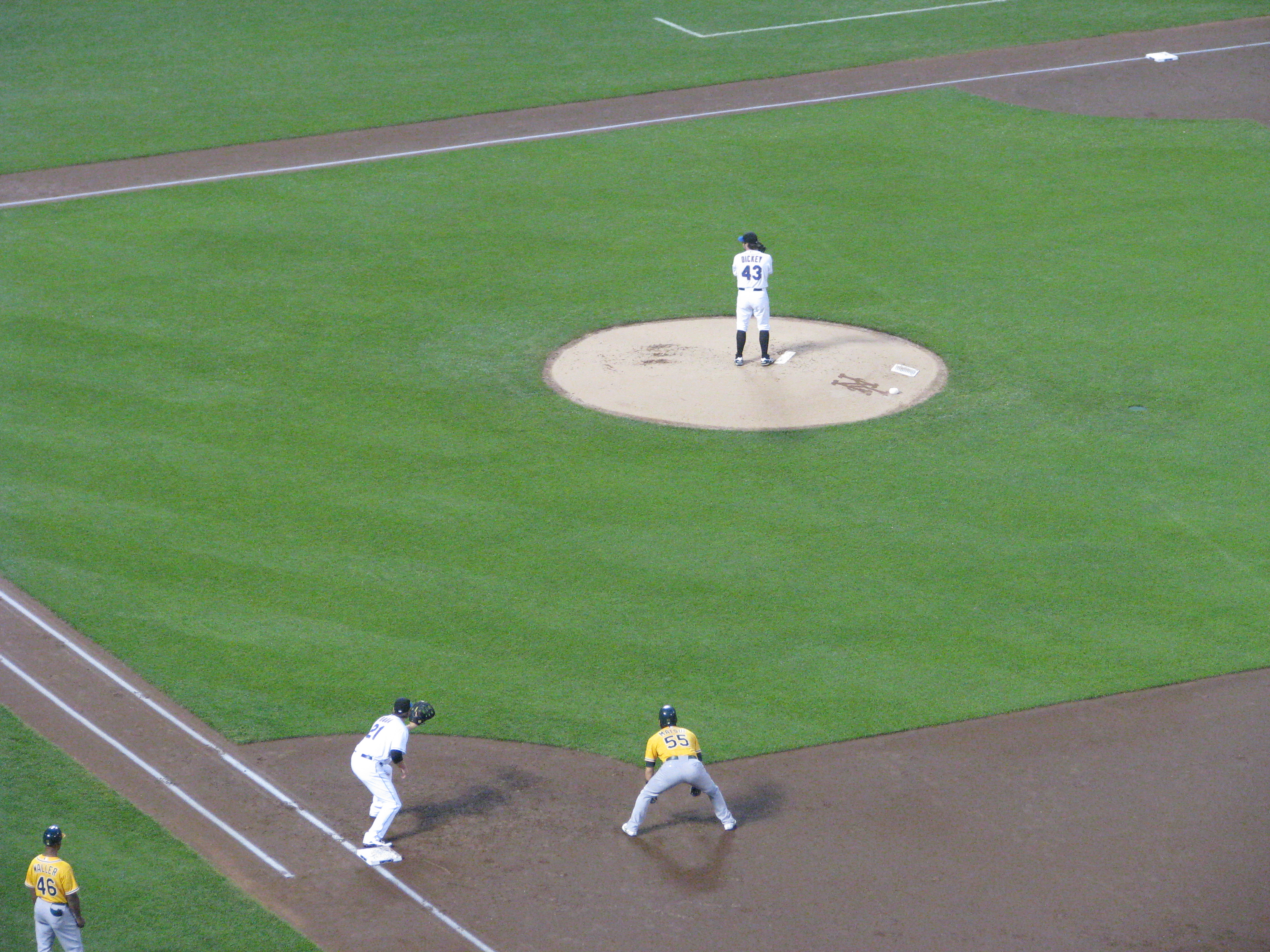 If you’re like me, you’ve adopted the Toronto Blue Jays as your American League team since it has former Mets favorites R.A. Dickey, Jose Reyes, and a few others. In an effort to get to know the entire team, and not just those guys, I’ve decided to take a closer look at the rest of the team, starting with the rotation.
If you’re like me, you’ve adopted the Toronto Blue Jays as your American League team since it has former Mets favorites R.A. Dickey, Jose Reyes, and a few others. In an effort to get to know the entire team, and not just those guys, I’ve decided to take a closer look at the rest of the team, starting with the rotation.
We’re familiar with Josh Johnson, as he was acquired from the Miami Marlins. After barely pitching in 2011, Johnson’s 2012 wasn’t great. He was still a good pitcher, he just walked a few more and gave up a few more hits than his career line suggests. It’s not unreasonable to expect him to bounce back a little, even in the American League, and be a terrific starter for the Blue Jays.
Mark Buehrle was also acquired from the Marlins, and is one of the more consistent pitchers in baseball. He spent most of his career with the White Sox, so he’s not unfamiliar with the American League. Last year he had a pretty good year, with a 3.74 ERA and nearly a career low 1.171 WHIP. He actually struck out more and walked less than his career norms during his stint in Miami. Going into his age 34 season I’d expect much of the same from him, and that will be very valuable to the Blue Jays.
Ricky Romero is the youngest pitcher of the five at 28, although only a couple months younger than Brandon Morrow who’s only a couple of months younger than Josh Johnson. Ricky Romero had a bad season last year, struggling with his control and leading the league in walks. Romero’s always been a bit wild, but prior to 2012 he walked two less guys per nine innings and that led to a lot of success in his first three years in the majors. I don’t know what to expect from Romero next year off of reading his stat lines and a couple of posts from writers that also seem unsure of what the reason was for Romero’s drastic decline. It would seem reasonable to expect him to be better than he was last year certainly, although probably not as good as he was in 2011 when he enjoyed a very high batting average on balls in play and corresponding low hits per nine innings. Romero will probably take the ball, pitch a lot of innings, and generally keep his team in the game. On a team that just imported three good starting pitchers, that’s probably perfectly fine.
Brandon Morrow is the last but not least member of the rotation. He suffered some oblique problems last year limiting his innings and also presumably lowering his strikeout rate which was much lower than his normal rate. He made eight starts to end the season so perhaps that is behind him, but he’s never pitched more than 180 innings in the majors so it is something to worry about. He throws hard and even though he had a career low strikeout rate last year, he also cut out some of the walks and ended up with a career low ERA. If his oblique is fine and his strikeouts return, he’s a guy you can expect a good year from and certainly a big contributor to what looks like a very nice rotation up in Toronto.
Those are the four guys projected to join R.A. Dickey in the Blue Jays rotation, and it looks like a tough year for AL East batters. As is the case in most years there will be injuries that cause other players to get some starts, but these are the five who will start the year for Toronto.
